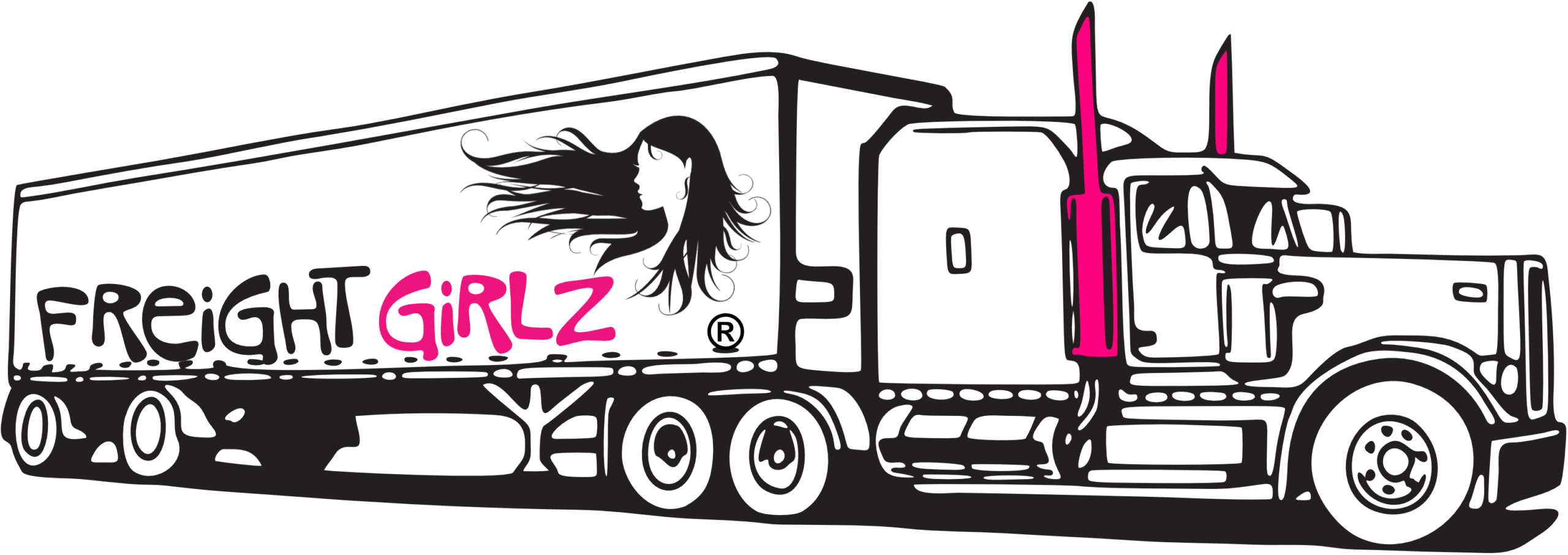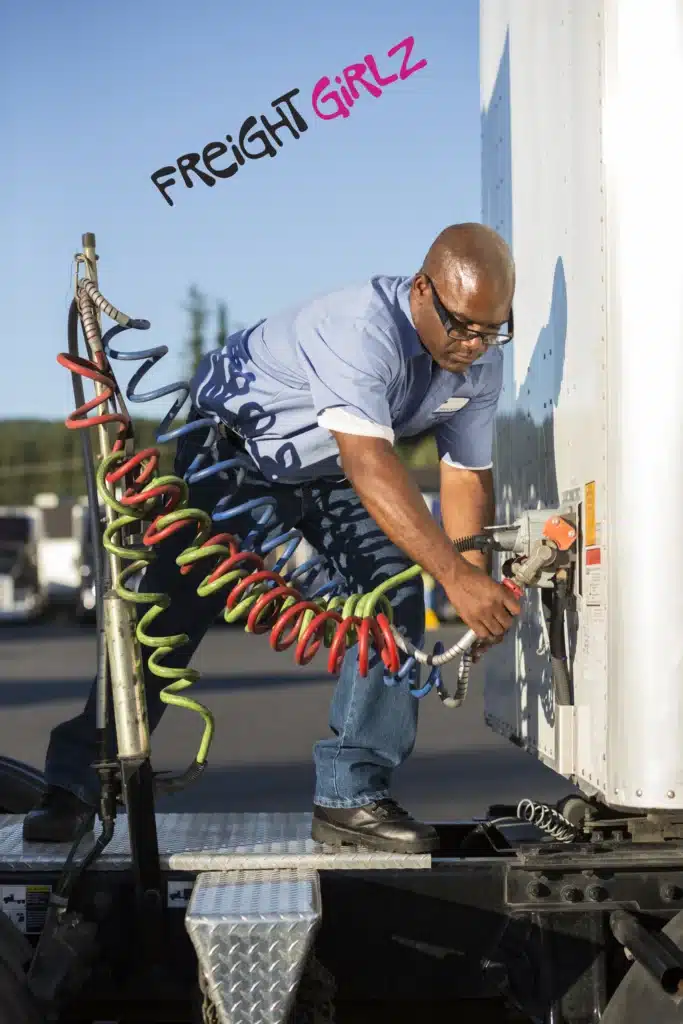Take off your Skirt?
Take off your Skirt?
Are trailer skirts worth the expense?
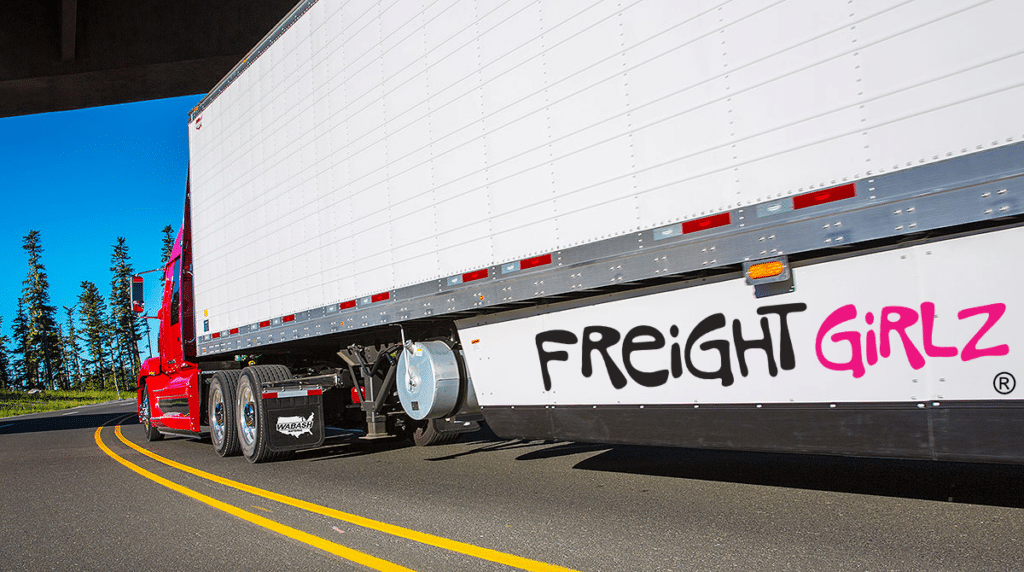
Are Trailer Skirts Worth the Expense?
If you operate in California, you’re likely already familiar with the regulations: all 53-foot box-type trailers—dry vans and reefers—must be equipped with EPA SmartWay-approved side skirts or tail fairings. These devices aim to improve fuel efficiency by 4% to 5% and must be paired with low-rolling-resistance tires, either standard or wide-base singles.
Since the mandate’s implementation, there have been a variety of exemptions depending on fleet size and operational scope (e.g., local vs. long-haul). But for many over-the-road drivers, skirts are a regulatory reality.
An Aviator’s Take on Aerodynamics
Coming from a background in aviation with 25 years as a helicopter pilot, I understand how airflow affects performance. In aviation, we call it parasitic drag—the resistance caused by objects disrupting airflow. Trailer skirts fall into that category. The real question is whether these devices reduce drag enough to make them worth the cost—or do they create more problems than they solve?
Fuel Savings by the Numbers
Let’s look at some basic math:
-
Miles driven annually: 120,000
-
Fuel price (July 2020 average): $2.43/gallon
-
MPG (average): 8
-
Estimated savings with 5% fuel improvement:
→ $1,822.50 per year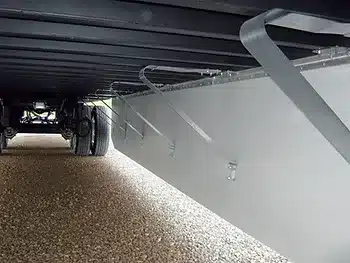
Trailer skirt kit on a dry van
On paper, that sounds promising. But as any pilot—or seasoned driver—will tell you, speed changes everything.
The Speed Factor
In helicopters, there’s a phenomenon called translational lift—once forward speed exceeds a threshold (usually >13 knots), the rotor becomes more efficient and less power is required. Similarly, trailer skirts only start offering a benefit at highway speeds, typically above 55 mph.
If most of your driving is below that threshold—think urban or regional runs—the skirts won’t do much for you.
Real-World Driver Feedback
I decided to reach out to some drivers to hear firsthand what they thought about trailer skirts. Here are some of the responses I received:
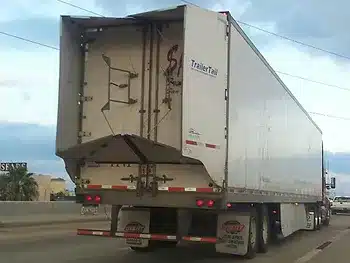
Trailer tail kit on a dry van trailer
Question: For Van & Reefer drivers—those of you equipped with trailer fairings, do you notice a difference in fuel economy? Also, what about driver fatigue running with and without them? Please be specific about the type of fairings you’ve used.
-
“A trailer tail will improve your fuel economy by about 0.5 MPG, and the fairings by about 0.3 MPG. Never had any issues with wind in Wyoming or other states.”
-
“I’ve driven with and without them. It depends on whether you’re running like a bat out of hell or if you actually use cruise control.”
-
“I’m sure someone will argue, but in my experience, there’s a big difference. The fairings catch more air and, in my opinion, increase the risk of a rollover.”
-
“I feel the trailer handles wind gusts better with fairings.”
-
“Look at who ends up in ditches or gets blown over in Wyoming—trailers with fairings and super single tires, especially on slick roads.”
Damage Risk and Operational Considerations
Let’s not forget: trailers take a beating. From dock rash to curb strikes, your trailer will eventually show wear—and those skirts are often among the first casualties. Replacing or repairing them adds both cost and downtime.
Bottom Line
A trailer skirt kit can cost anywhere from $1,300 to $2,700. Is it worth the investment? That’s a decision only you can make.
If you run consistent highway miles at higher speeds, and diesel prices are rising, the ROI may be worth it. But if you’re running slower, regional routes—or frequently in harsh weather and wind-prone states—the benefits may not outweigh the costs or risks.
Evaluate your route, speed, fuel usage, and equipment risk before committing. This is not a one-size-fits-all decision.
Jay Schmidlapp
President
Freight Girlz
